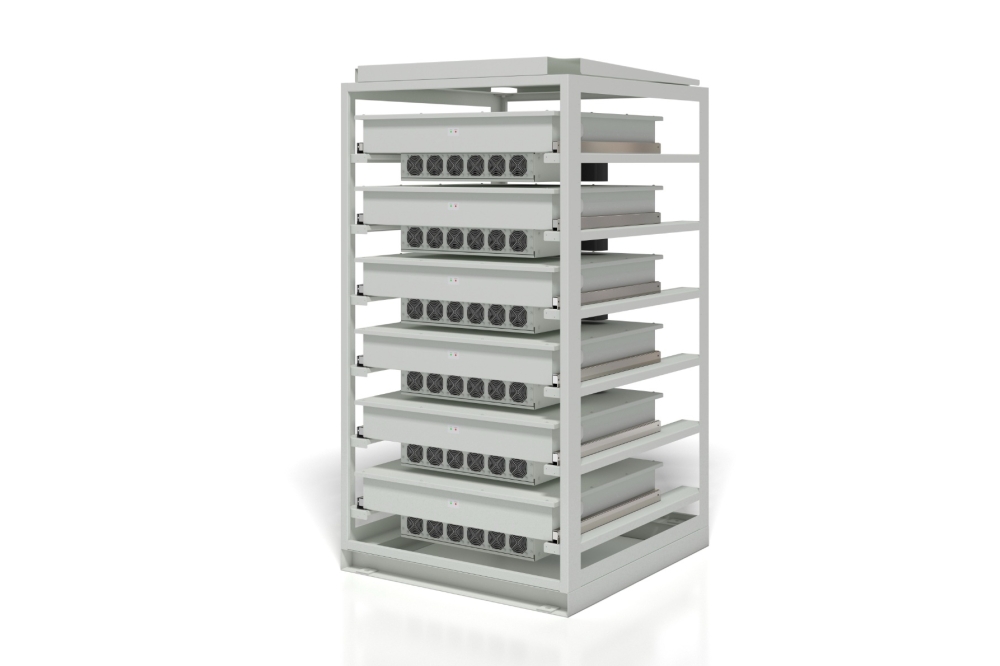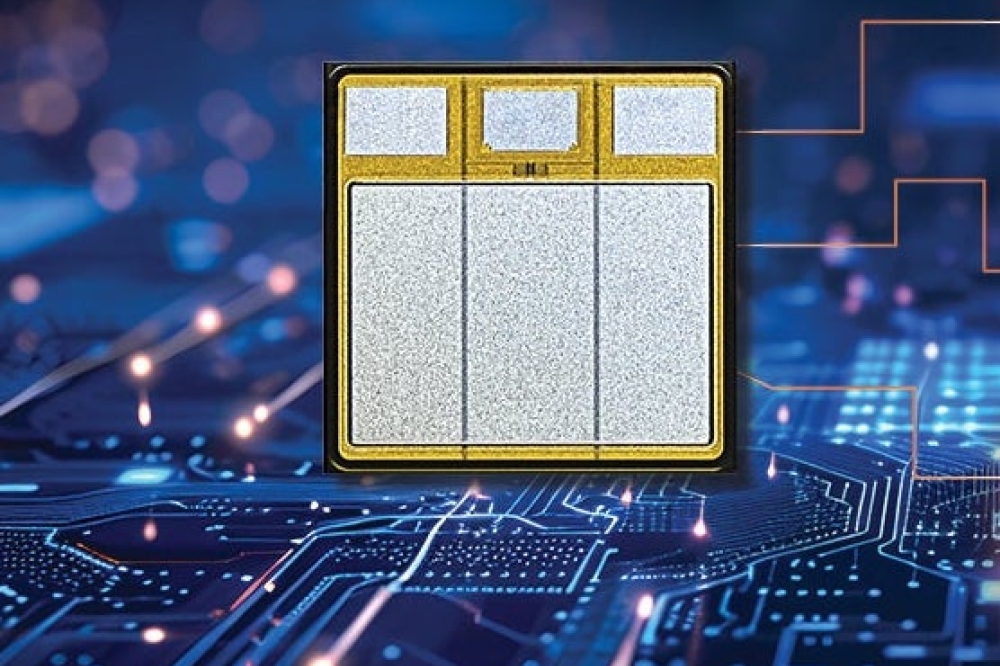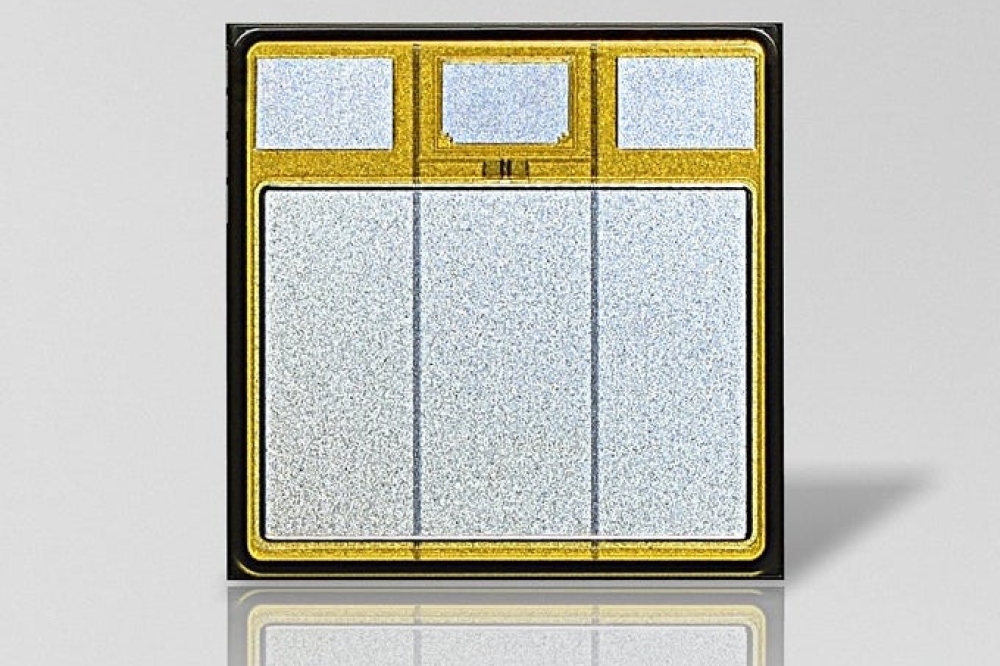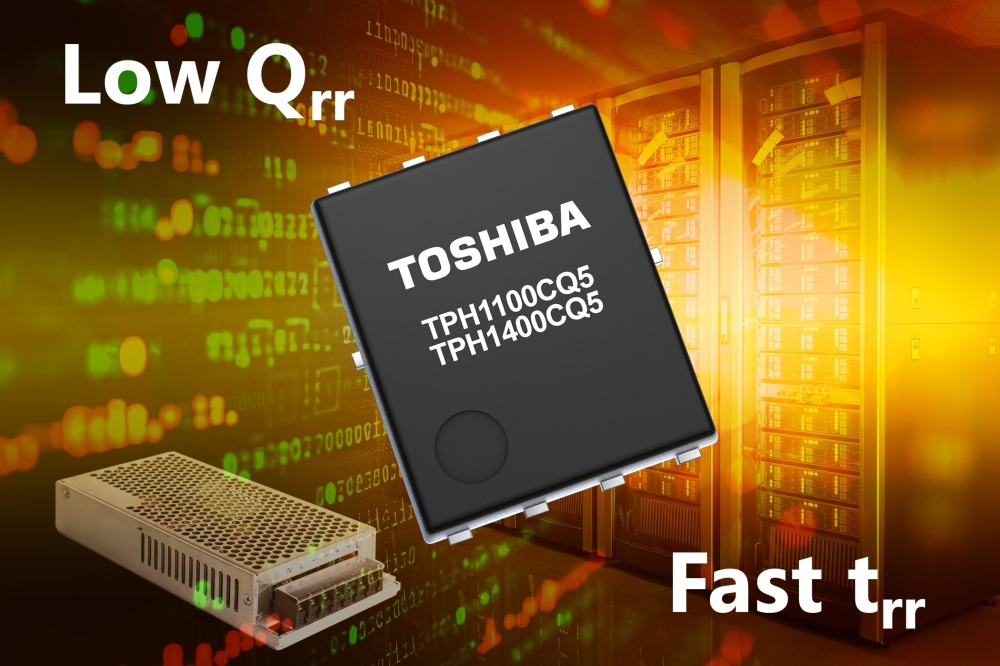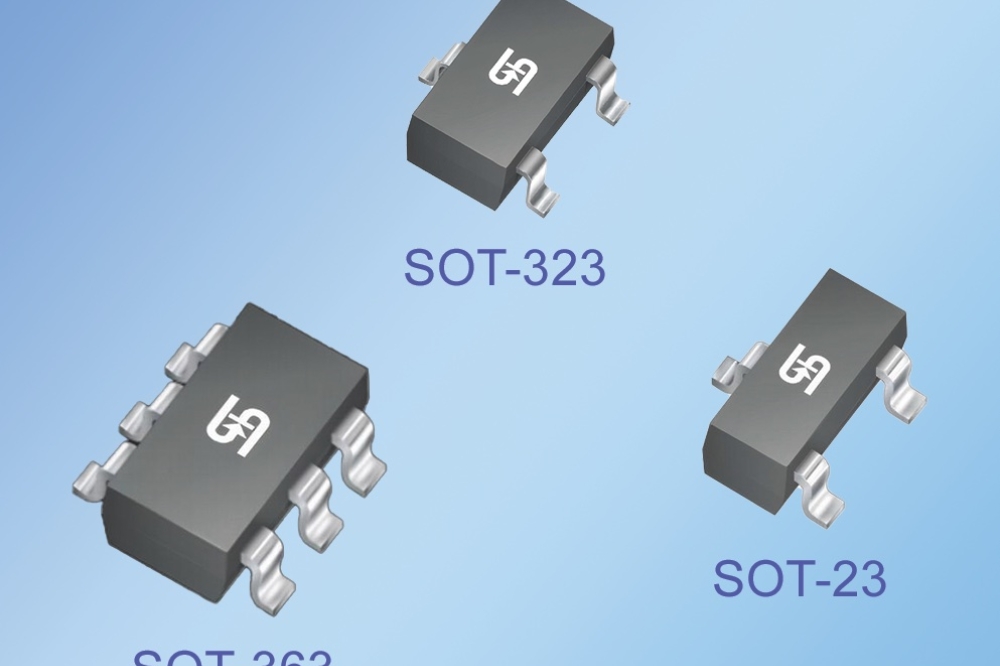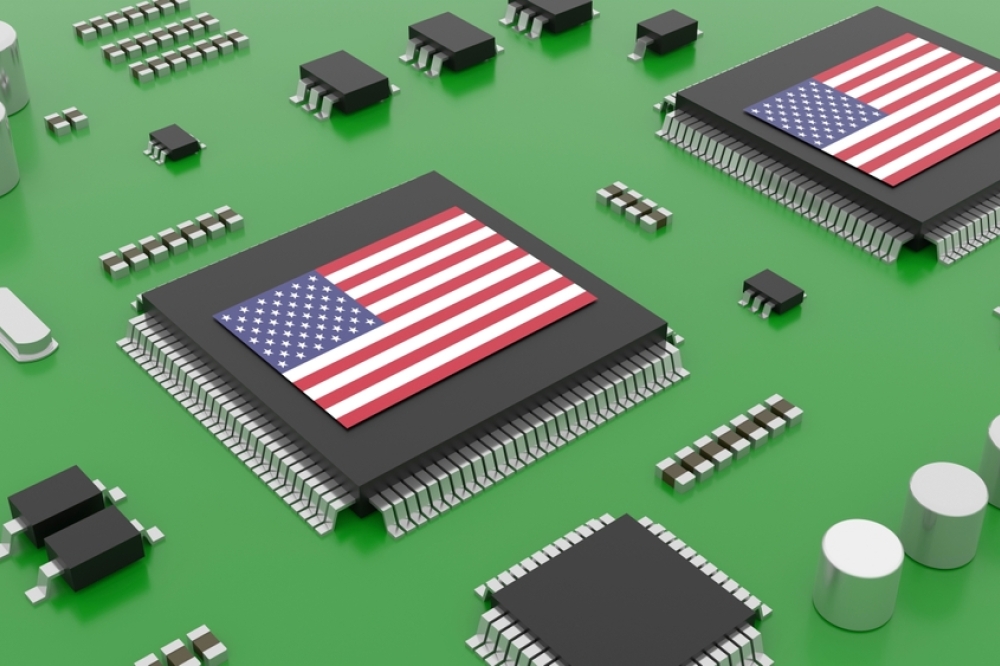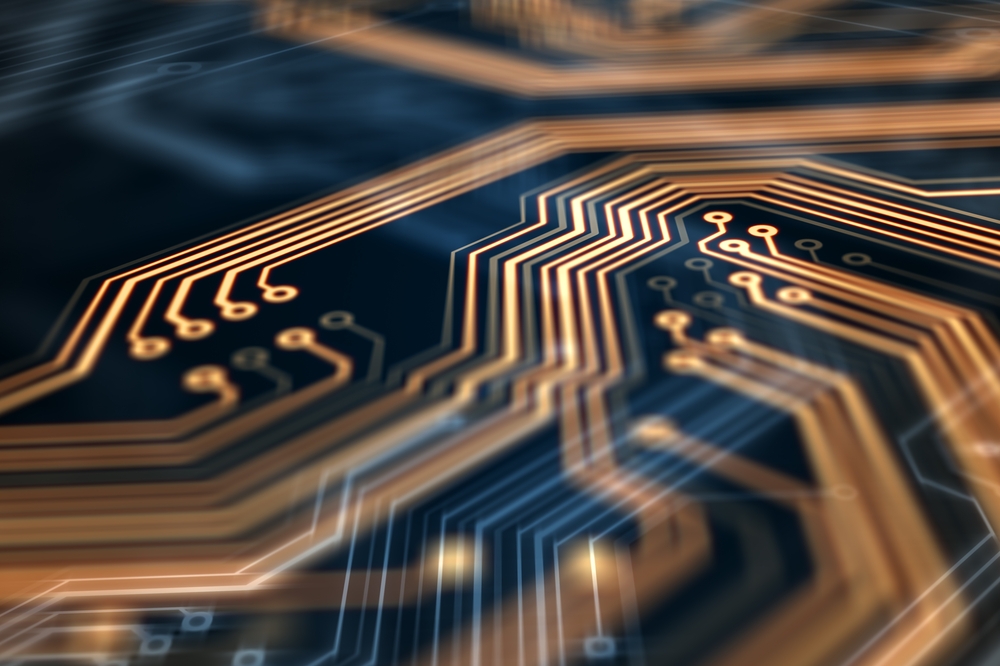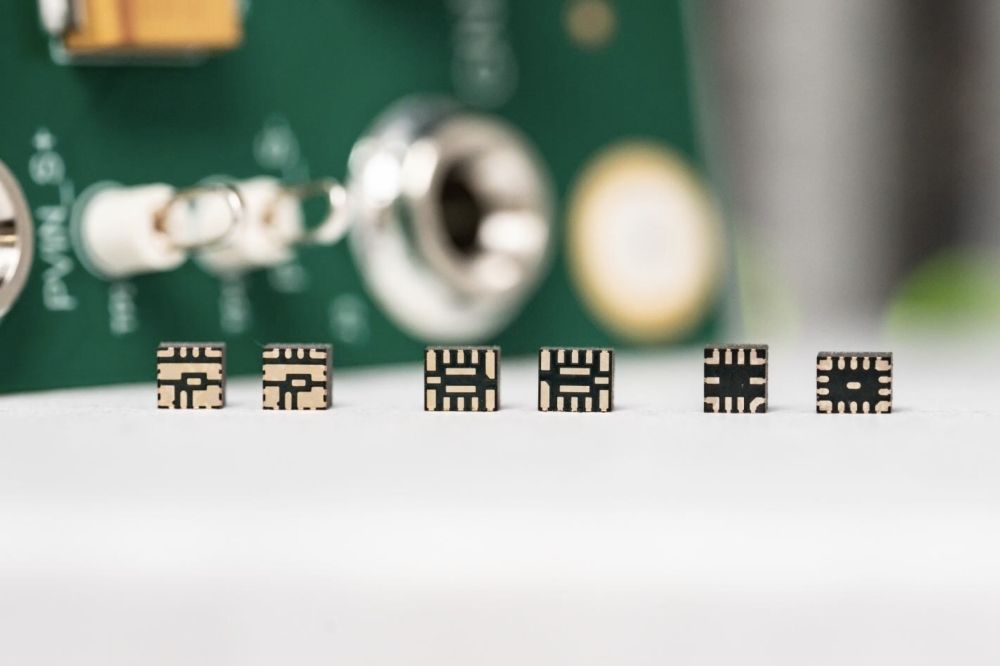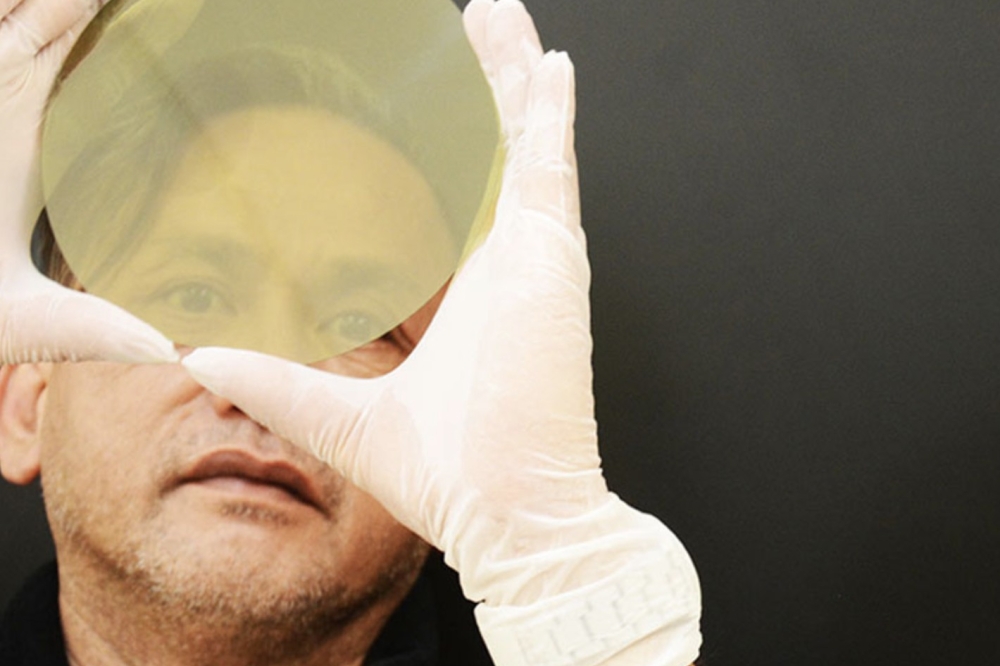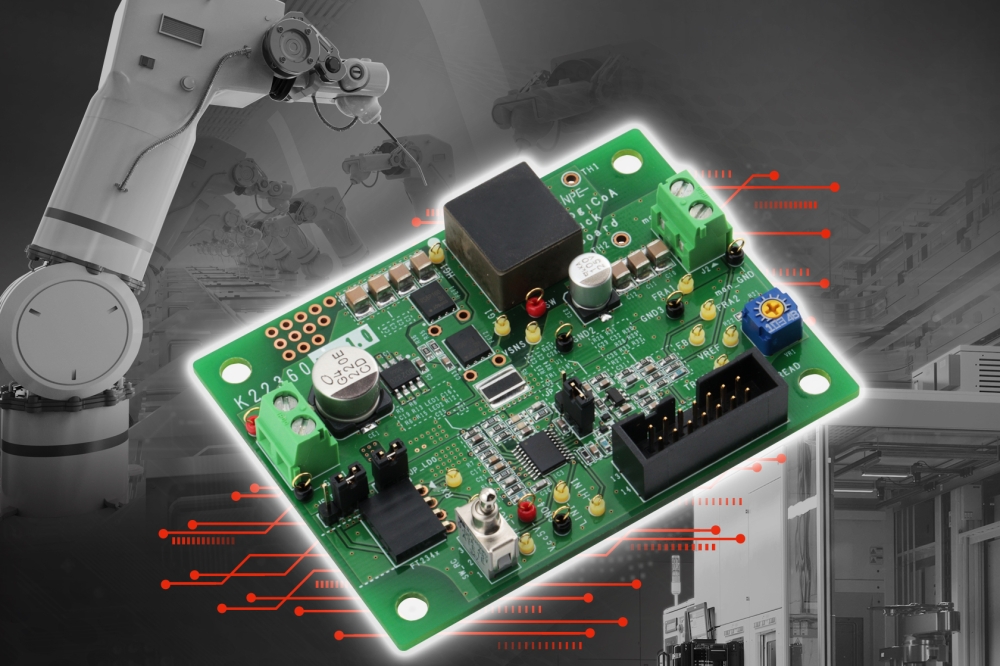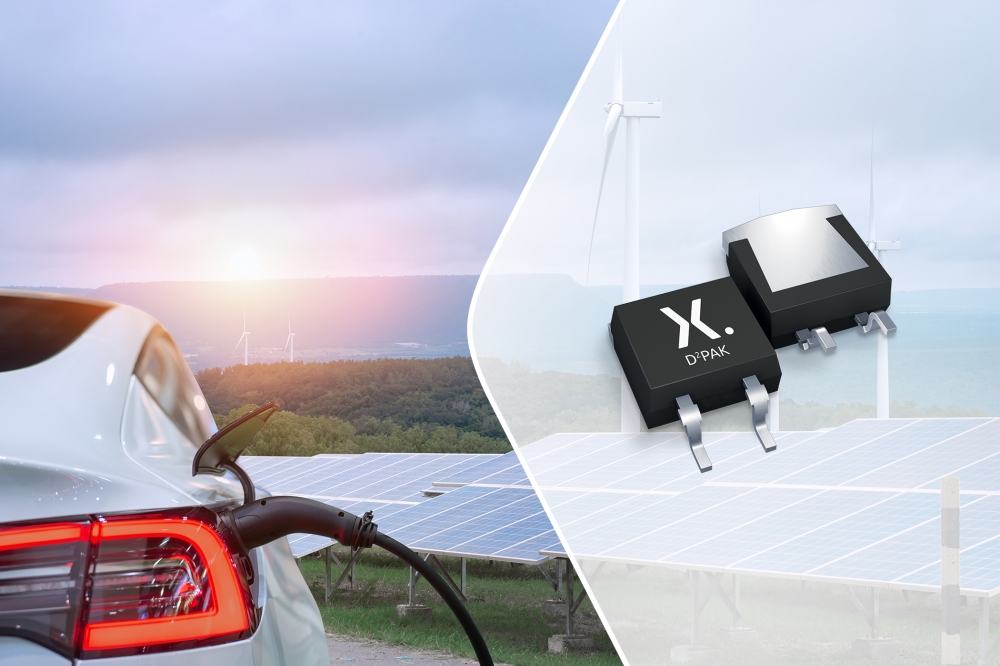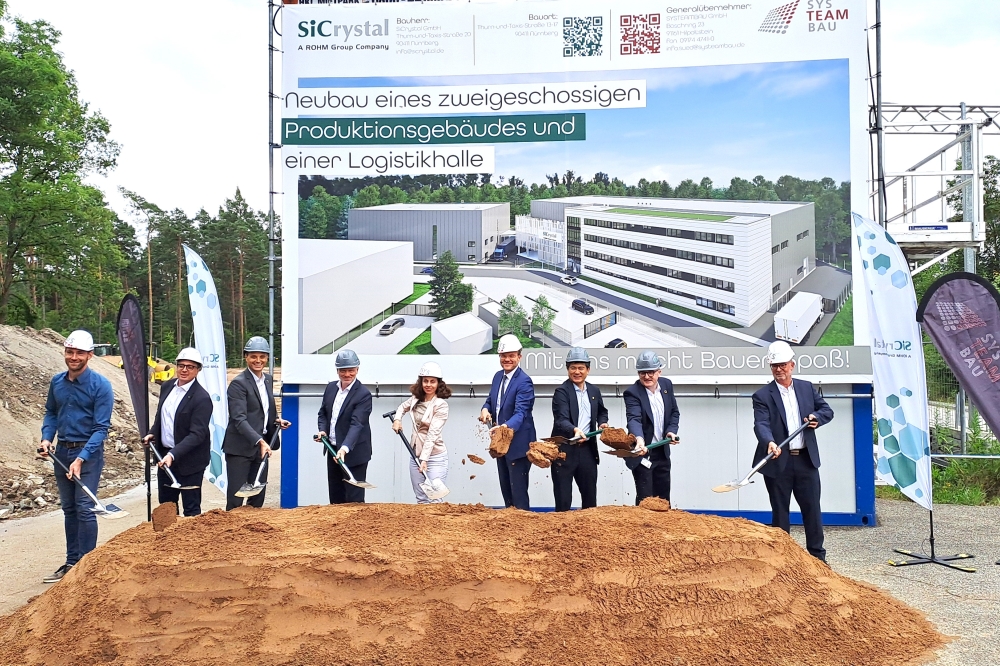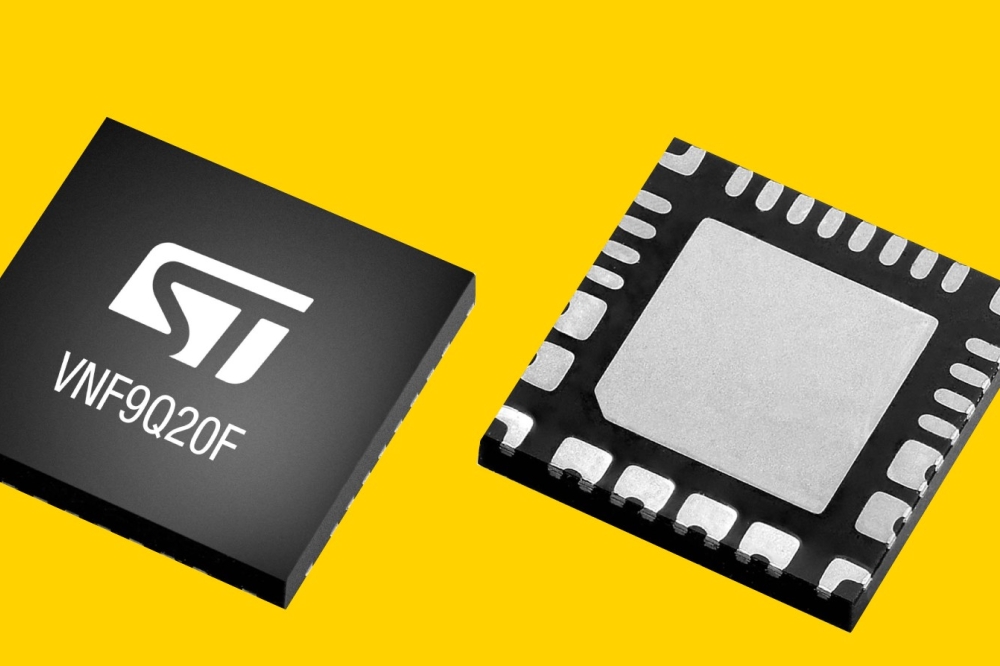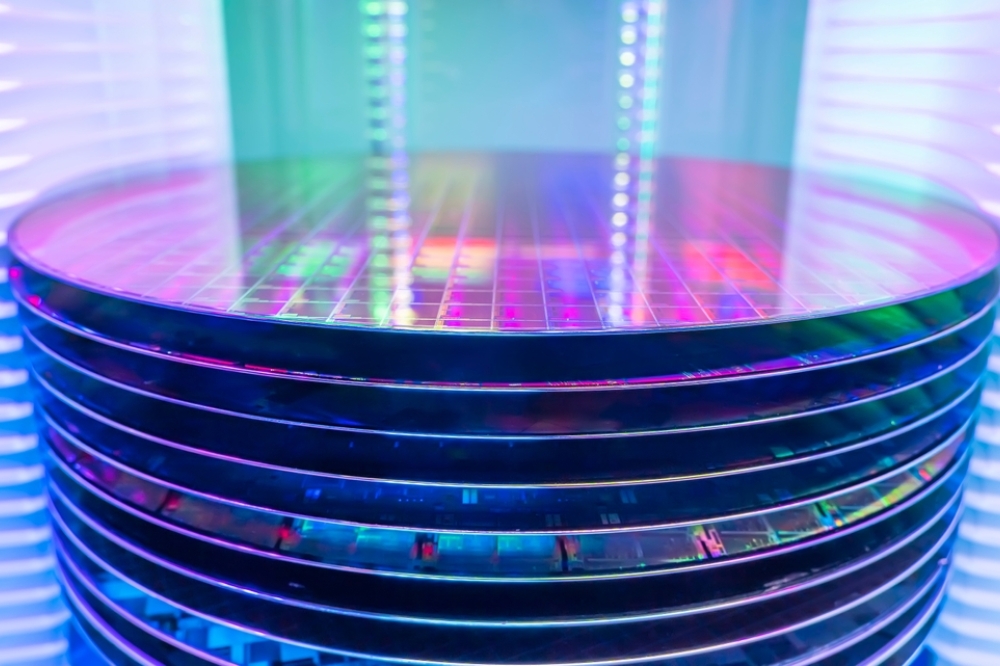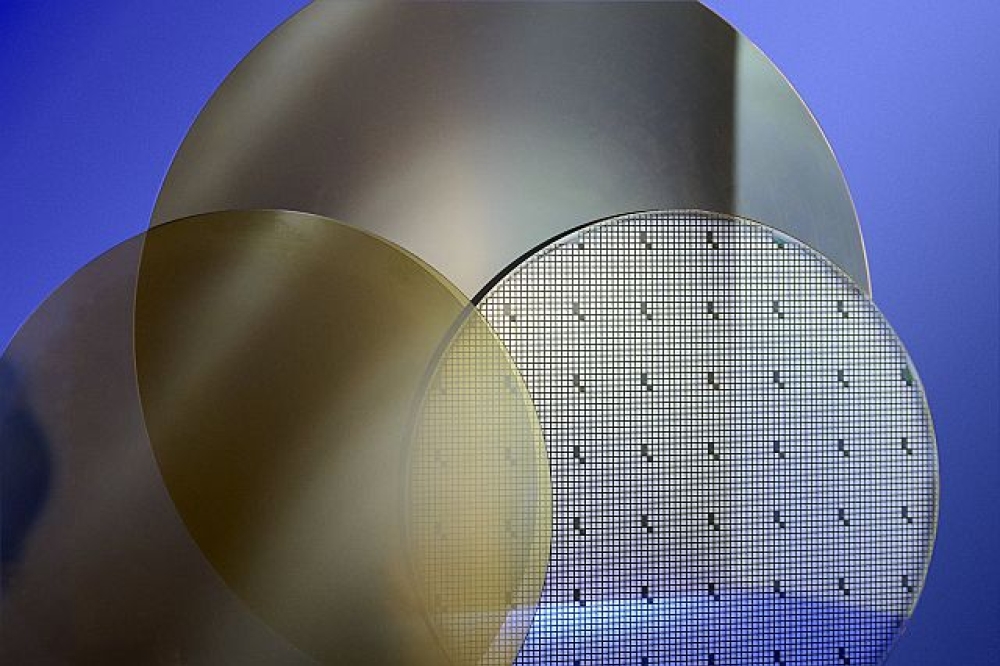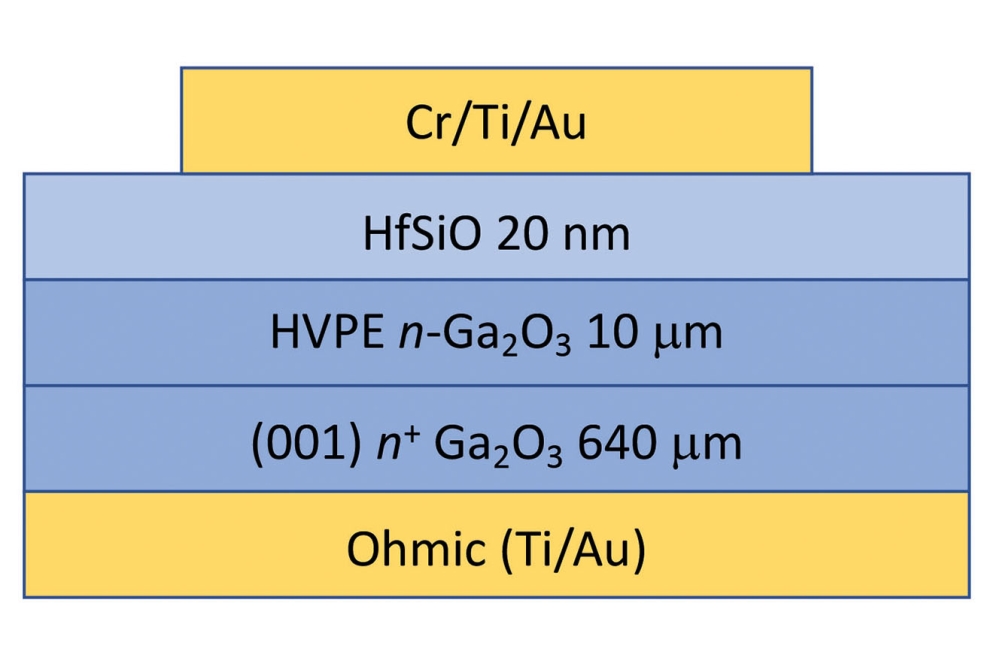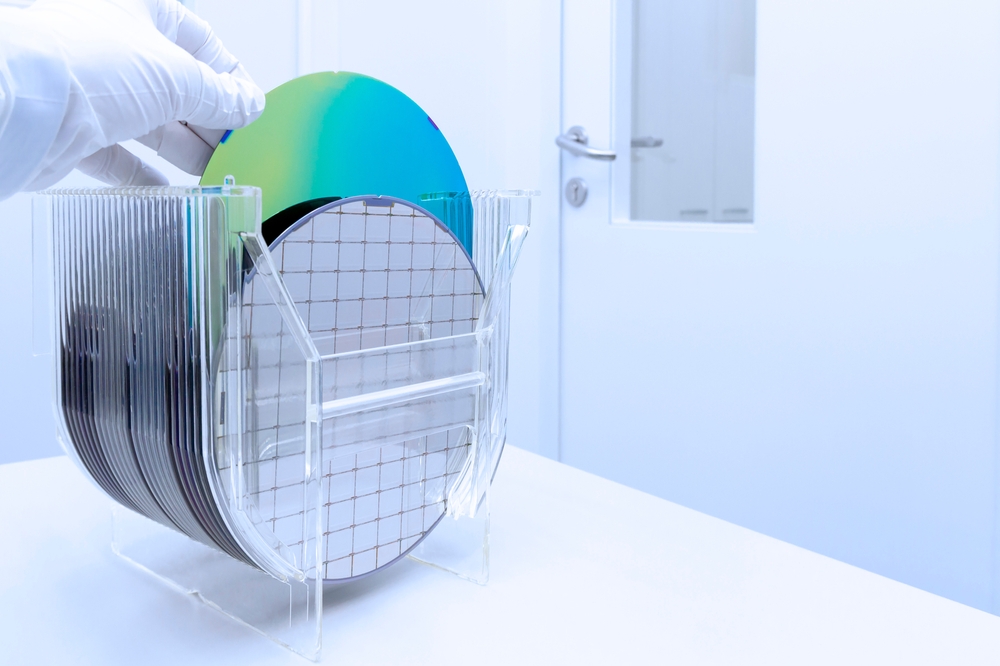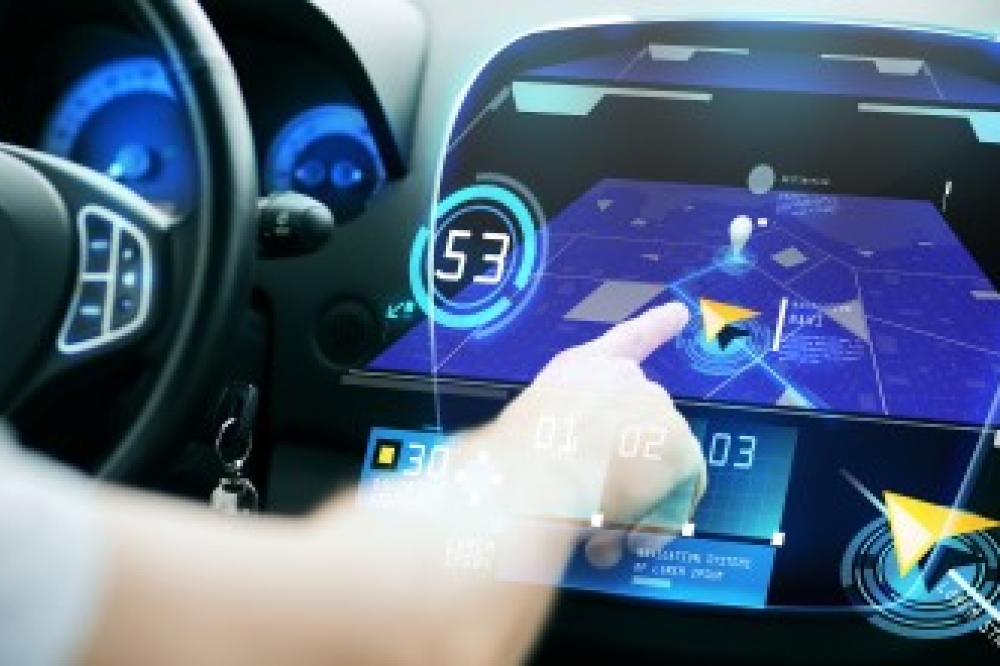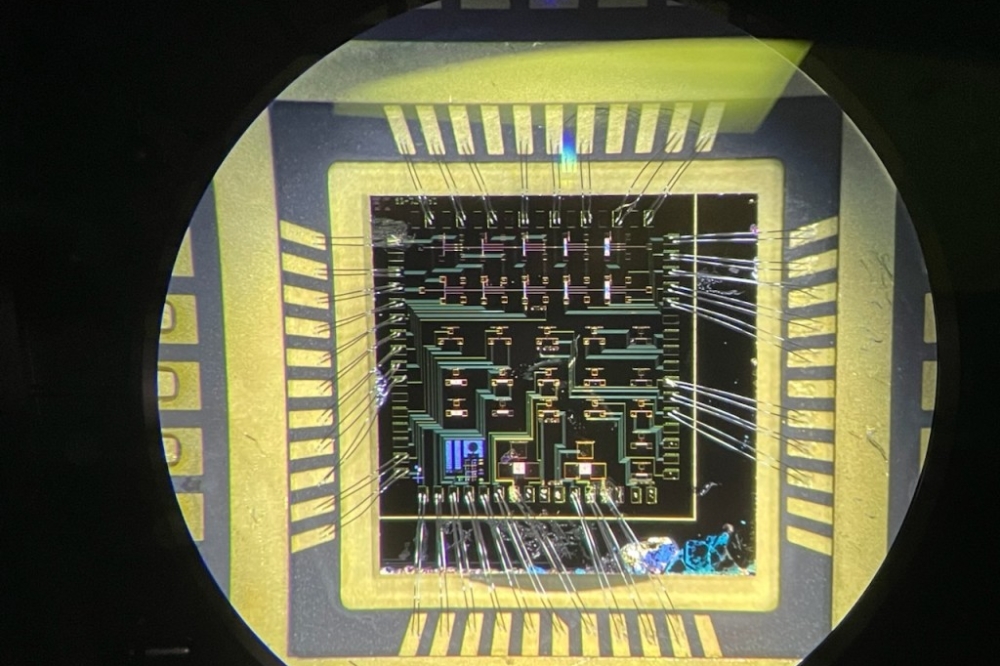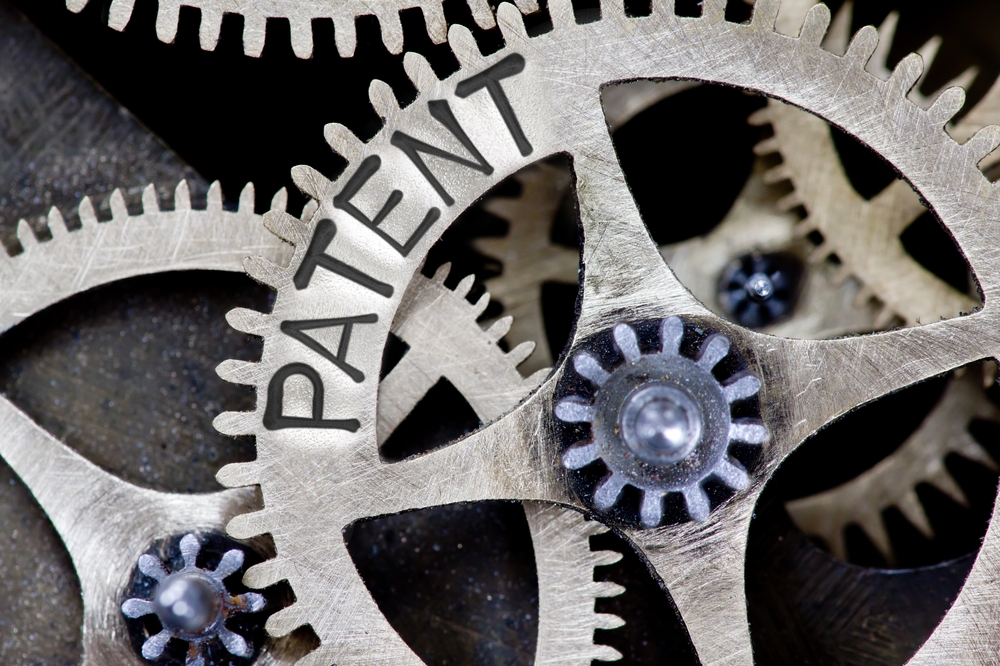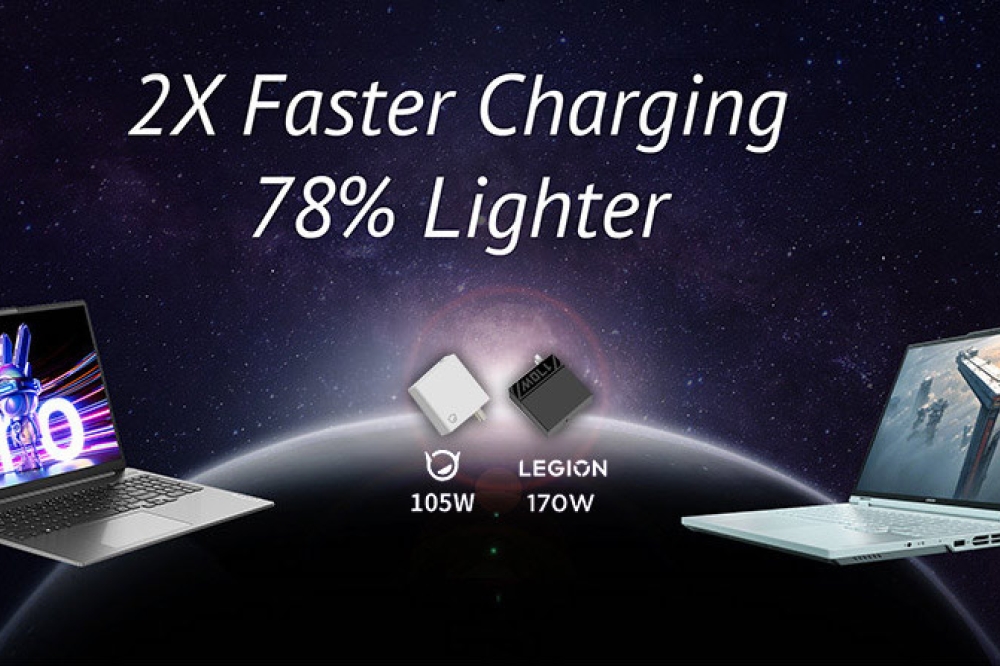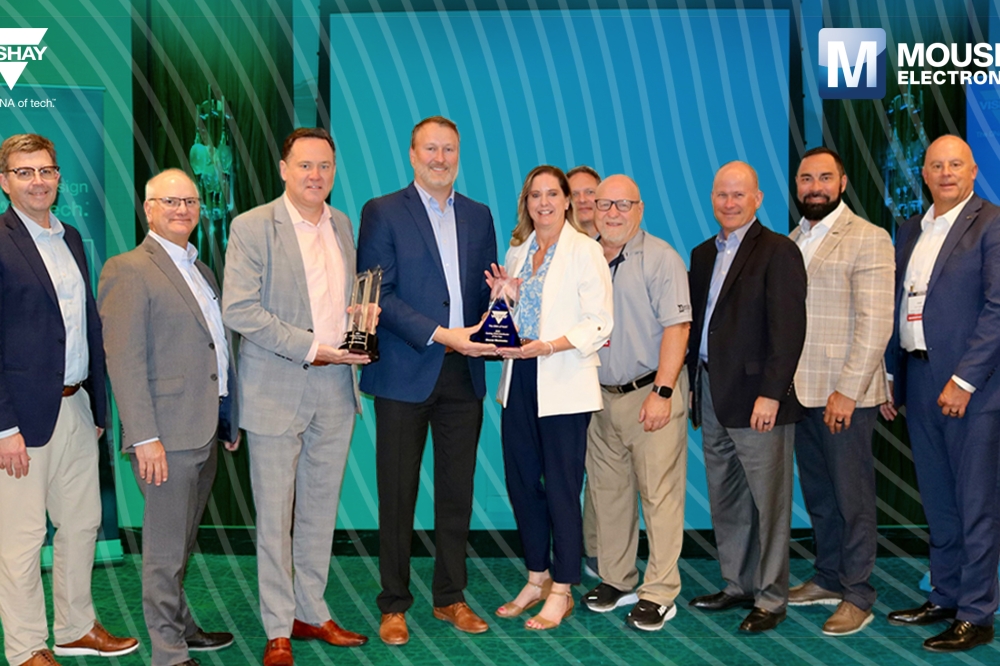Nexperia launches energy harvesting PMIC
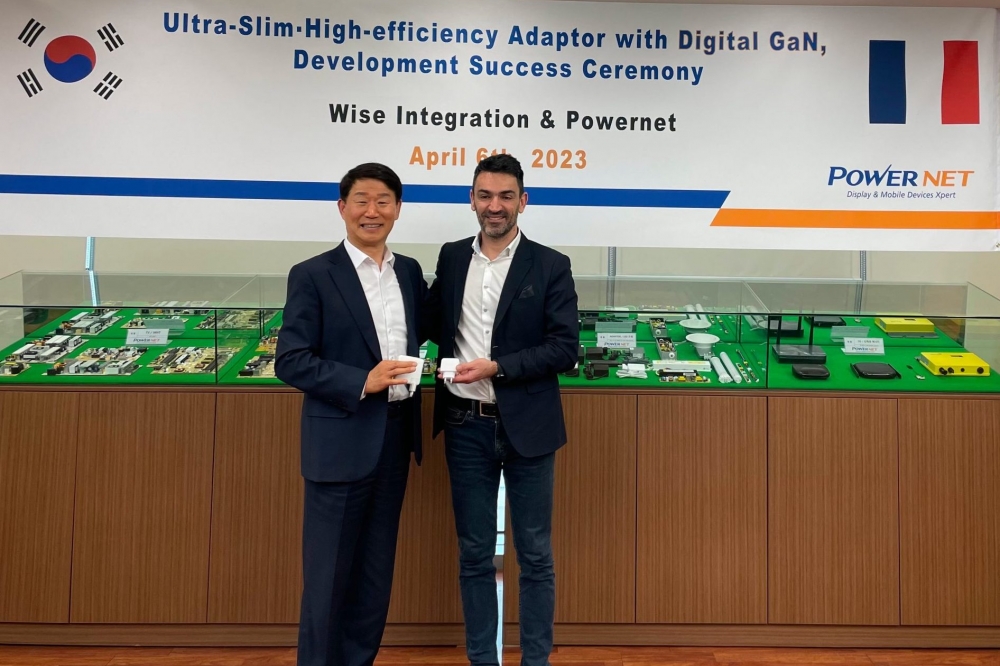
Capacitive DC-DC converter enables up to 90 percent BOM cost savings
Nexperia has added a new power management integrated circuit (PMIC) to its range of energy harvesting devices for low-power internet of things (IoT) and other embedded applications.
The NEH2000BY PMIC recharges a battery or storage capacitor using energy harvested from ambient sources, such as light (which can be harvested using a photovoltaic cell). As a result, Nexperia says its NEH2000BY will enable the development of electronic devices that are self-powered and smaller.
To achieve the highest conversion efficiency, energy harvesting solutions must be able to adapt as the ambient energy source fluctuates. The NEH2000BY performs Maximum Power Point Tracking (MPPT), an adaptive algorithm to optimise how it transfers harvested energy and to achieve optimum average conversion efficiency by up to 80 percent.
This algorithm is said to combine speed with accuracy, allowing the PMIC to adapt to environmental changes in less than a second. Nexperia says this is significantly faster than any other currently available solution and maximises the amount of energy harvested over the course of a day. Furthermore, due to its self-optimisation and ability to operate autonomously without the requirement for pre-programming, the NEH2000BY makes it easier for designers to power devices with ambient energy.
Dan Jensen, general manager business group Analog & Logic IC’s at Nexperia adds: “The NEH2000BY’s cost-efficient, user-friendly, and compact nature will allow the adoption of energy harvesting in a larger range of use cases. By eliminating the requirement to change batteries in these applications, NEH2000BY will significantly reduce the amount of hazardous waste produced, with enormous environmental benefits.”
The NEH2000BY is available in a 16-lead, 3 mm × 3 mm QFN package and operates between -40 °C and +85 °C.


